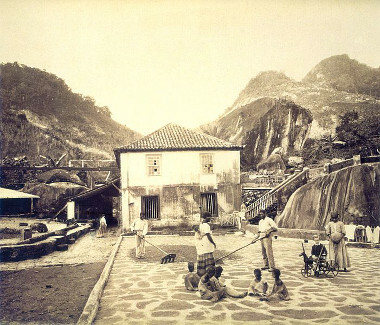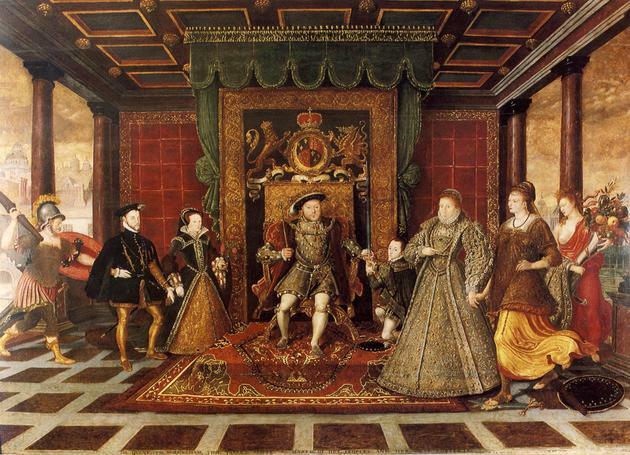You may have already noticed that coffee consumption is very widespread in Brazil. It is not by chance that we refer to breakfast or afternoon coffee. But have you ever wondered about the origin of coffee consumption and production in Brazil?
The origin of coffee in Brazil dates back to the 18th century. The first coffee seedlings were planted in the 1720s, in the province of Pará. The person who would have brought the first coffee seeds to Brazil was Francisco de Melo Palheta, after a trip to French Guiana.
Coffee has been consumed since Antiquity, when the inhabitants of Ethiopia, in Africa, came to know the plant. Afterwards, Persians and Arabs came into contact with this consumption habit, and coffee started to be cultivated in various parts of the world. Some sectors of European society possibly started drinking coffee after the 17th century, a habit that quickly expanded across the continent.
This increase in coffee consumption in Europe and later in the USA explains to some extent the growth in coffee production in Brazil since the beginning of the 19th century. The first large coffee plantations emerged in the Baixada Fluminense and the Paraíba River Valley, in the provinces of Rio de Janeiro and São Paulo.
The region's soil and climate favored the production of coffee, which was intended to serve the consumer market in Europe and the USA. Enslaved Africans formed the workforce to labor in the cultivation, harvesting and processing of coffee. Transport to the port of Rio de Janeiro, from where it was initially exported, was done on mule backs.
From 1837 onwards, coffee became the main export product of Empire Brazil. The large profits resulting from the export of coffee enriched the great farmers, the so-called “Coffee Barons”, and financially supported the Brazilian Empire.

Slaves working in a coffee yard, in photograph by George Leuzinger (1813-1892) from 1870
A process of modernization of society was also possible thanks to the profits obtained from the export of the product. Railroads were built to more quickly transport coffee from farms to ports, especially the Port of Santos, in São Paulo.
With the income from coffee, it was also possible to urbanize the cities of Rio de Janeiro and São Paulo, as well as some cities in the interior of São Paulo, such as Campinas. The interior of the province of São Paulo, in the area known at the time as “West Paulista”, was the place for expansion of coffee production after the decline of crops in the Paraíba Valley. The existence of the so-called “purple soil”, which is very fertile, guaranteed an increase in production in this region.
Coffee production depended heavily on slave labor. The slave trade between Africa and Brazil intensified, despite England's actions to stop it. On the other hand, the income from the production and marketing of coffee allowed for a diversification of the urban economy in Rio de Janeiro and São Paulo, with the emergence of new social groups, such as workers and the so-called class average.
Coffee was the main commodity in the Brazilian economy until the first half of the 20th century, when the intensification of industrialization displaced it as the main economic force.
Did you notice how much history there is behind a coffee?
By Me. Tales Pinto



